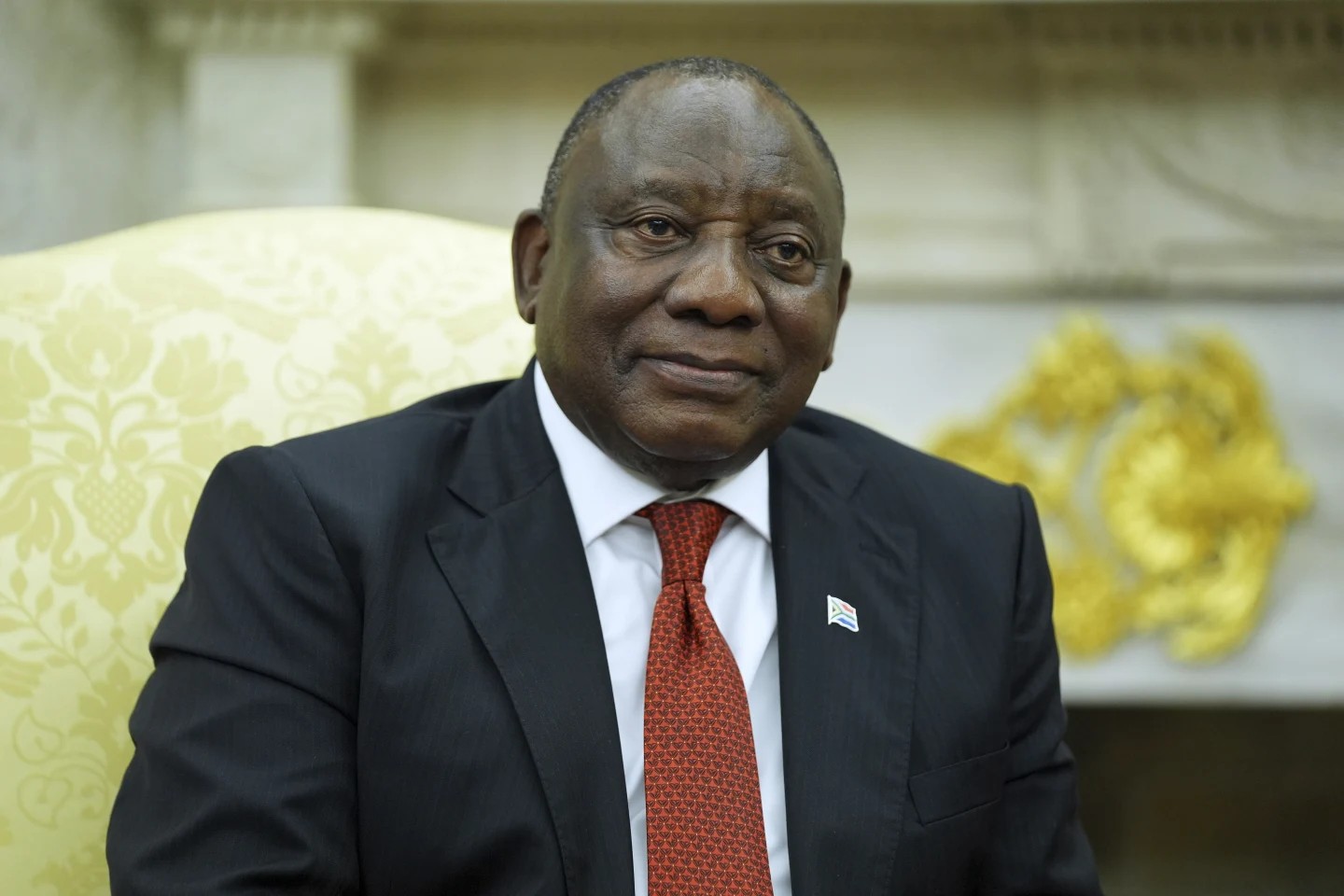Three months into Donald Trump’s second term, foreign leaders should be aware that a coveted trip to the Oval Office comes with the risk of a very public dressing down, often straying into attempts at provocation and humiliation, in an analysis by BBC on the meeting between US president Donald Trump and South African president Cyril Ramaphosa.
Trump was asked by a journalist about what it would take for him to be convinced that discredited claims of “white genocide” in South Africa are untrue.
Ramaphosa responded first, by saying the president would have to “listen to the voices of South Africans” on the issue. Trump then came in, asking an assistant to “turn the lights down” and put the television on, so he could show the South African leader “a couple of things”.
Elon Musk, his adviser and a South Africa-born billionaire, watched quietly from behind a couch.
Echoing the aggressive treatment of Ukraine’s leader Volodymyr Zelensky during his February visit to the White House, the US president then proceeded to accuse South Africa for the alleged persecution of white South Africans.
The footage on the large screen showcased South African political firebrands chanting “Shoot the Boer”, an anti-apartheid song. And Trump, so often critical of the news media, seemed happy to parade pictures of uncertain provenance. Asked where alleged grave sites of white farmers were, he simply answered, “South Africa”.
The US leader also seemed to believe the political leaders in the footage – who are not part of the government – had the power to confiscate land from white farmers. They do not.
While Ramaphosa did sign a controversial bill allowing land seizures without compensation earlier this year, the law has not been implemented. And the South African distanced himself publicly from the language in the political speeches shown.
But the top ally of South Africa’s Nelson Mandela and negotiator who helped bring an end to the apartheid regime of white-minority rule came to this meeting prepared.
Their prognostications on the fate of white farmers got nearly as much screen time as South Africa’s democratically-elected president, who largely restricted himself to quiet, short interventions.
Trump returned repeatedly to the issue of the plight of the farmers – dozens of whom he has welcomed into the US as refugees. But President Ramaphosa wasn’t biting and the provocations were largely left to blow in the breeze.
But even though President Trump didn’t manage to get a rise out of the South African president, that does not mean his efforts over more than an hour were in vain; they certainly were not.
This performative style of diplomacy is aimed as much at the domestic American audience as it is at the latest visitor to the Oval Office.
If some foreign leaders are learning to navigate these moments with skill, Donald Trump may have to change the playbook a bit to continue to have the impact he wants.


